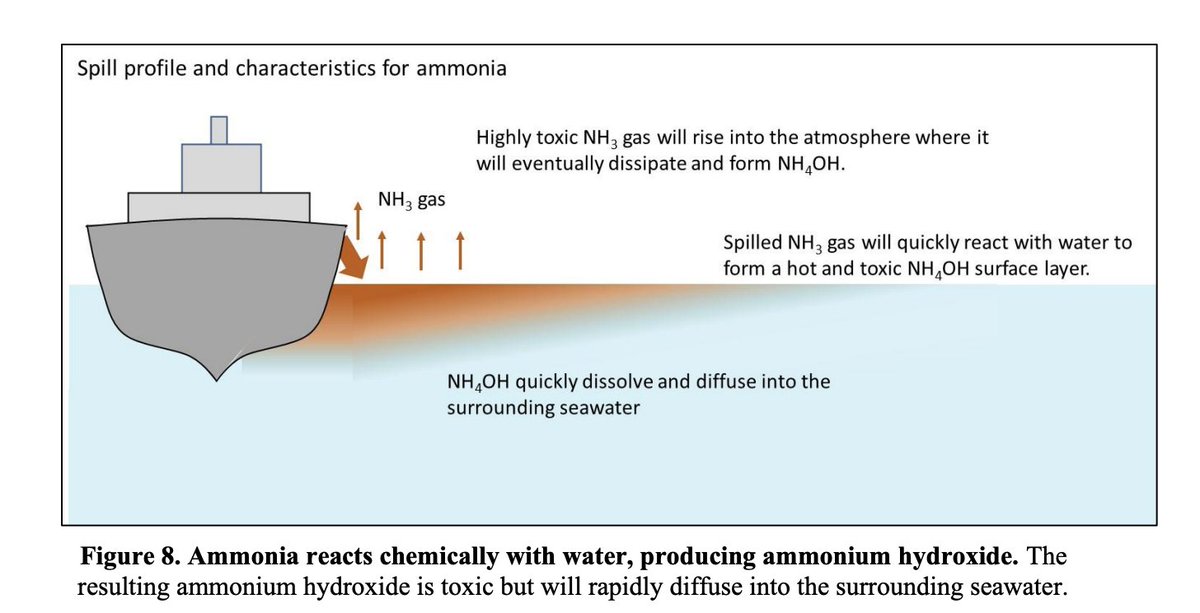
I wonder which one of us gives off the air of being more outraged at the moment? 🤣
For the record, all I did was call his article "amusing" and say it "quite spectacularly jumps the shark". Never attacked his character, yet the dude with 282100 followers leaps to ad hominem.
For the record, all I did was call his article "amusing" and say it "quite spectacularly jumps the shark". Never attacked his character, yet the dude with 282100 followers leaps to ad hominem.
https://twitter.com/Noahpinion/status/1626860283552763904

As most on #energytwitter can attest I'm actually quite nice to most folks + in person.
Let's just say I have good reasons to be critical of takes fired casually from the hip when it comes to E. Asia/geopolitics/climate/energy.
Let's just say I have good reasons to be critical of takes fired casually from the hip when it comes to E. Asia/geopolitics/climate/energy.
https://twitter.com/Noahpinion/status/1626857780463431682?s=20
In which the best Noah can do on short notice is to desperately pull up presumably what was one of the first (dated) Google results, red-faced at having written an article on coal in China that didn't even mention the words "steel" or "cement".
https://twitter.com/Noahpinion/status/1626858229161680896?s=20
This is somewhat off.
Cheap coal + state support unquestionably help, but competitive low-margins factories is partly legitimate technical/business success, has yielded dominance in sectors like solar. Not total malinvestment.
Cheap coal + state support unquestionably help, but competitive low-margins factories is partly legitimate technical/business success, has yielded dominance in sectors like solar. Not total malinvestment.
https://twitter.com/Noahpinion/status/1626858654732550144?s=20
Silly highway projects, public works, and ranks upon ranks of empty apartment buildings are another matter, driving hefty steel + cement demand and thus coal.
This is one of the truly big areas of malinvestment, but Noah doesn't really mention it (or industry) in his piece.
This is one of the truly big areas of malinvestment, but Noah doesn't really mention it (or industry) in his piece.
I never said this was unique to China, thus it in no way implies that coal-dependent industry is waste.
Japan, Korea, Taiwan, India all face similar challenges.
China has perhaps gone a step further w the extent of coal chemicals + derived fuels though.
Japan, Korea, Taiwan, India all face similar challenges.
China has perhaps gone a step further w the extent of coal chemicals + derived fuels though.
https://twitter.com/Noahpinion/status/1626859379709583366?s=20
I agree any grand geopolitical bargains on climate are unrealistic.
But virtually nobody is talking about the hypothetical bargains Noah has conjured up from thin air here.
Most frame co-op as about climate summits, or cheap flows of solar/wind/🔋
But virtually nobody is talking about the hypothetical bargains Noah has conjured up from thin air here.
Most frame co-op as about climate summits, or cheap flows of solar/wind/🔋
https://twitter.com/Noahpinion/status/1626859824251289605?s=20
Yes, China should maintain its coal reserves for the low-likelihood contingency in which it gets sent back to the iron age, so it can re-industrialize. Chinese civilization collapses from time to time, after all. My point stands /sarcasm
https://twitter.com/Noahpinion/status/1626860892859305984?s=20
Overall, a very carefully selective defense from Noah, quietly + delicately dancing around a number of my other critiques, complete with acrobatics to claim that he was arguing some of my other points all along.
I'll just leave this passage up and let y'all judge for yourselves.
I'll just leave this passage up and let y'all judge for yourselves.

@Noahpinion 你说胡说八道之前先学一两件事可以吗?
Anyways I gotta go hiking tomorrow. Logging off and going to sleep.
• • •
Missing some Tweet in this thread? You can try to
force a refresh










